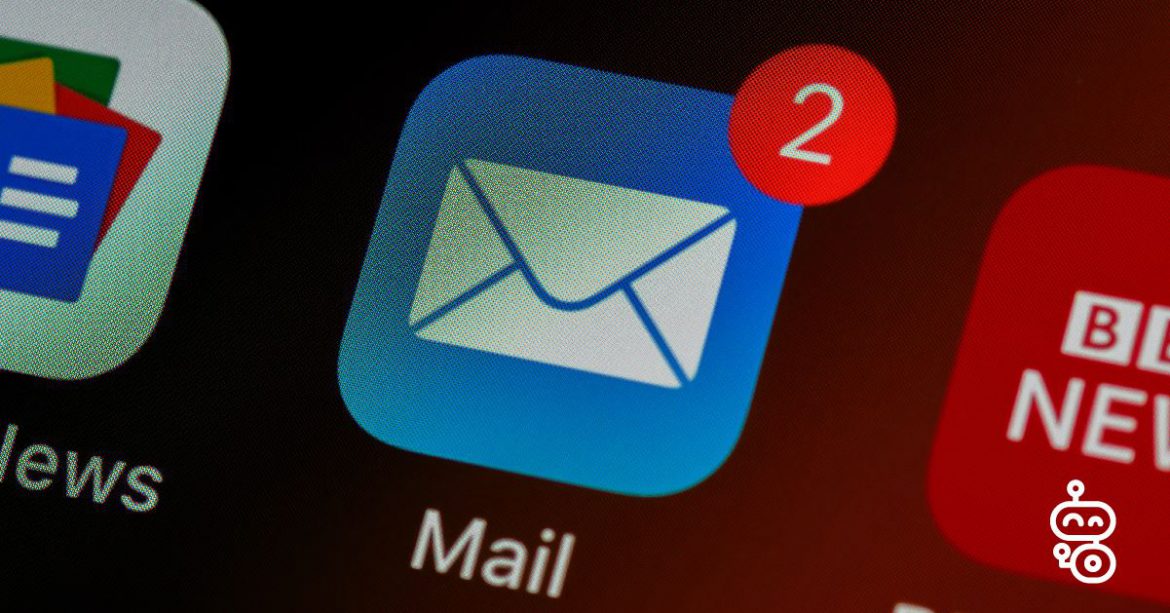How to Grow Your B2B with Email Marketing
With an average of $44 ROI on email marketing there is no denying it’s benefits to expanding your business. However, capturing those clients and ensuring they are making the click to consume can be hard. Let’s have a look at how you can convert your database and maximise your efforts. Welcome ...
5 Email Marketing Practices That Don’t Work
Source: Marketing Eye Atlanta Everyone in the professional world has email. For many companies, it’s their primary avenue of communication. Marketers have been using email marketing campaigns for years, pushing products, events, and anything else they want their audience to engage with. If the ...




